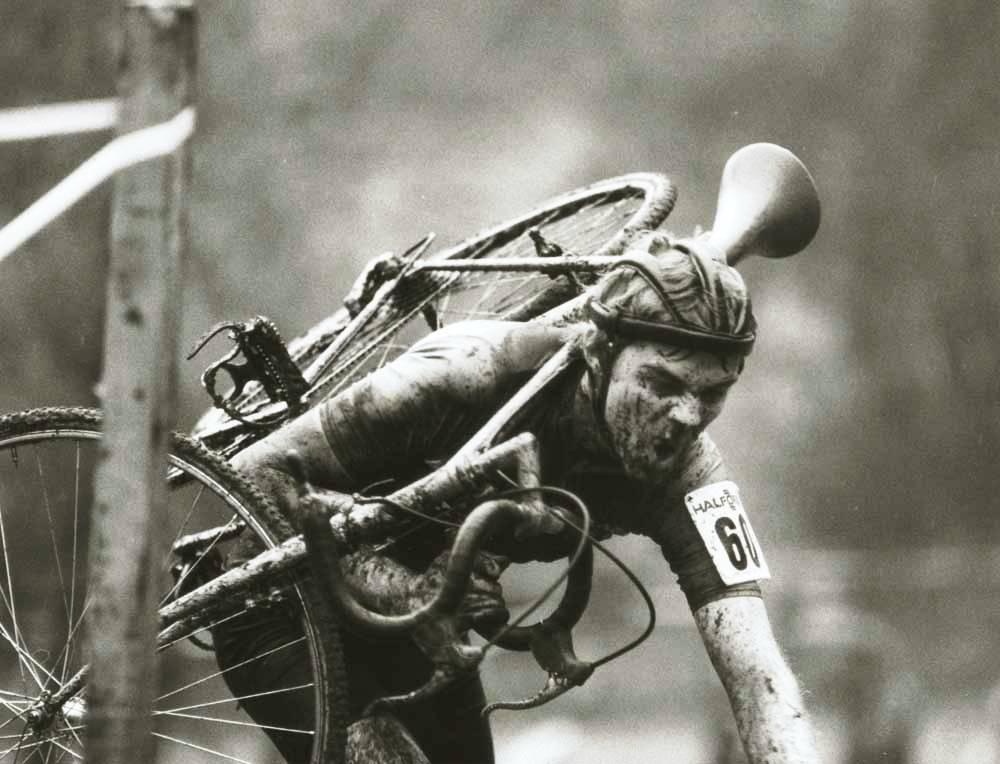Microbursts, Explained.

Microbursts. Either you love them or you hate them. They help you reach a new level of physical fitness or they submarine your efforts and set you back a few days. But any way you look at this workout, it is very difficult to execute and equally difficult to prescribe because of its complexity. I’m only going to touch the surface on this one but at the end of these few paragraphs, hopefully you’ll have a bit more understanding of this workout.
The context of this workout usually is to train one’s ability to handle the erratic and polar nature of Cyclocross efforts….
There are, however, a few variables to consider which can change the workout tremendously.
Micro Bursts:
Starting from the temporally smallest variable we look at each individual burst and rest/ recovery. Typically, you’ll want the hard effort to be hard and explosive, but also repeatable. In this clip this athlete was targeting >60% above lactate threshold (LT) with each burst touching >700W. During the rest the goal was to “move the legs.” This is incredibly difficult to not only perform, but to perform for long periods of time as the rest to work ratio increases exponentially as intensity increases. Prescribed relative intensity and individual ability of an athlete will dictate how many of these are possible and how long each set can be successfully executed. In this clip of ~90 seconds the average power was ~330W or 100% of this athlete’s LT.
Sets:
A good coach will be able to analyze your power numbers from lab tests, races, and training to decipher how long you can successfully maintain a microburst set. Different set duration requires different power output and will have dramatically varying physiological focus and training impulse. In this set, we are focusing on this particular athlete’s ability to improve aerobic capacity and anaerobic conditioning, or at least that juncture where anaerobic glycolysis is overtaken in contribution to the effort by aerobic output (please note that crossover point is unique among every athlete). As such you’ll see many microbursts for 6:30. In this set, normalized power is 377W or 118% of LT 356W average (111%) with a variability index (VI) of 1.06. Basically perfect for accomplishing the day’s training goal.
Workout/ Macro:
Repeatability and sustainability are also important in cycling, especially CX. What’s the use in getting away if you can’t stay away? Here we step back and look at the workout as a complete package. You’ll see three sets with rest between. Again, depending on the goal of the athlete, what weakness you’re targeting and how you are wanting to target the weakness, these sets and workouts will look different. Here we have ~33 minutes of total workout time from the start of the first set to the end of the last set. Note how similar the sets look but also the differences in the peaks as fatigue starts to creep in. Normalized power for this image was 328W, 103% LT, average power was 266W and VI was 1.23. Overall, a tough workout but very much achieved by this client.
I hope this helps you to understand some of the science behind the CX Workout of the Day and to understand that there really is a calculated method to all this. Also, understand that these are just teasers so while we can and do make each workout this in depth for our clients, we write the article to be generic to help everyone get a little more fit for CX so they’ll have a little more fun.
This post is a companion piece to The Cyclocross Workout Of The Day post for Wednesday, 11.19.15. You can check that (and the entire CWOTD series) out here.





[…] Bam! The companion piece is up, check it out here! […]
[…] you do yesterday’s workout? If you did – especially if you did it right – I’m guessing you’re feeling a wee bit taxed […]
[…] One of my colleagues at Source Endurance Coaching wrote a companion piece to this workout. Check it out here! […]